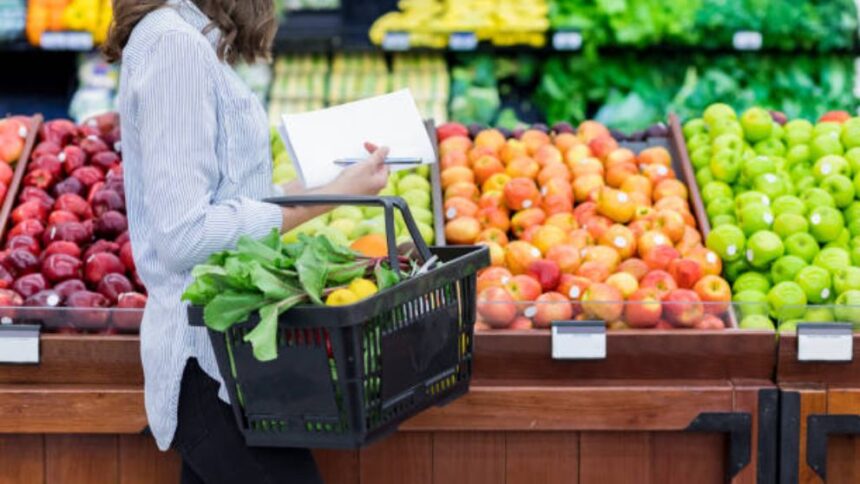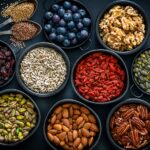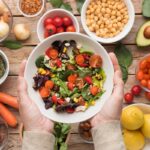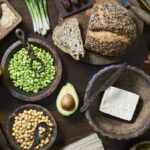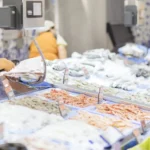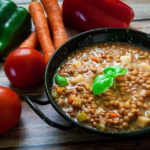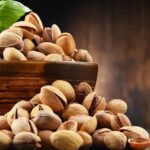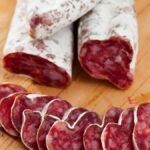On many occasions, one of the big problems we find in food is not knowing how to organize it properly. We can find everything from planning menus, selecting seasonal products, looking at food labels and without a doubt “planning the purchase.”
Why is it important to plan your weekly shopping?
An optimal purchase guarantees that we do NOT select products of low nutritional quality and that do not benefit us at all. We all know that marketing strategies in large stores can be described as almost manipulative.
On many occasions, the first thing we find in these large stores are some tempting products to make our first contact with them.
Thus, if we have to buy soap and by chance we pass by the chocolate area, it is very likely that you will bite and end up buying.
On the other hand, we have in the checkout area, the impulse purchase area such as high-energy snacks with little nutritional value, this is well planned in case you passed by the interesting area, that you might take something nutritionally unhealthy.
How to plan an effective weekly shopping
- First of all, plan our weekly menu with its ingredients and estimate what we will need to make it. This way we have a base on which we can move.
- Secondly, make an optimal list of everything we will need to make the menu. It is important that you take a good look at your pantry to avoid buying too much.
- It is advisable to always go shopping with a full stomach, that is, it will be a more effective purchase if we go after breakfast or lunch, as we greatly reduce impulsive buying. Also hydrate well, since in many cases thirst can be confused with appetite and we will have the same result as on other occasions.
- Reading labels is something vital and the advice would be that if you do not want to spend 4 hours shopping, that you select 2 or 3 products which to inspect when we are buying and assess if this gives us anything interesting at a nutritional level, in the case of that does not contribute anything to us, we already know that that product should not enter our cart.
- Not trusting everything that says “light” is better. This can be one of the big mistakes. On many occasions some light products are the same or worse than the originals. Some brands also take advantage of this to reach more to the sector concerned about their health, making them fall into a trap.
- If you go shopping at a market, you have less of a chance to buy superfluous food.
- The more food without labels (vegetables, fruits, rice, pasta, potatoes, legumes…) the better, the foods that contain more than 3 ingredients, we should stop for some time to analyze them properly.

